The sciatic nerve is the longest nerve in the body. It runs from your lower back into your pelvis, through the buttocks and down the back of each leg.
The sciatic nerve innervates (supplies nerves to) the muscles and skin of your lower leg, including the ankle, calf and the back part of your knee. When the sciatic nerve is pinched or pressured, it can cause nerve pain. Sometimes the pain is so severe that it impacts your usual day to day activities and overall quality of life.
The good news is that sciatica is highly treatable, and the vast majority of cases can be resolved without surgery. In this article, we’re going to take a look at the symptoms and causes of sciatica, and how physiotherapy can help.
What are the symptoms of sciatica?
Sciatica is not a specific condition. Instead, we use the term “sciatica” when referring to any issue related to the sciatic nerve. It is extremely common, with experts estimating that about 4 in 10 Kiwis will experience sciatica at least once in their lives.
The most common symptom of sciatica is a shooting pain that radiates along the sciatic nerve. The level of discomfort ranges from a mild ache right the way through to excruciating pain, and is often aggravated by sitting for long periods of time.
While sciatica is most commonly associated with lower back pain, it’s important to remember that it can affect almost any part of the nerve pathway, including your thighs, calves and buttocks.
Sciatica can also cause numbness along the nerve and tingling in your feet and toes.
What causes sciatica?
Sciatica occurs when the sciatic nerve becomes pinched or damaged. In the vast majority of cases, it is caused by a herniated disc (sometimes referred to as a disc prolapse or a slipped disc).
The bones in your spine are cushioned by rubbery discs made of connective tissue. These discs help absorb shocks to the spine, hold your vertebrae together and allow for a certain level of mobility. If a disc sustains damage, the connective tissue may be forced through the wall of the disc, which can put pressure on the nearby sciatic nerve.
The following factors may increase the risk of sciatica:
- Age: As you get older, your intervertebral discs gradually start to degenerate.
- Heavy lifting: People in occupations that involve regular heavy lifting or twisting of the back may be at higher risk of sciatica.
- Sedentary lifestyle: People who sit for extended periods and are not physically active are more likely to get sciatica.
- Obesity: Excess body weight can cause changes in the spine that may lead to sciatica.
- Athletes: Sports injuries involving the lower back or legs can result in sciatica.
How does physio help with sciatica?
Physiotherapy can help treat sciatica and reduce the risk of the injury occurring again in the future.
Massage
Massage therapy can be an effective way to treat sciatica. It works by releasing tension in the muscles that are putting pressure on the nerve. Massage also contributes to the release of endorphins, which help alleviate pain.
Acupuncture
Evidence shows that acupuncture can be an effective form of treatment for sciatica. By inserting tiny needles into specific sites on the body, acupuncture can help reduce inflammation, alleviate pain and encourage the muscles surrounding the sciatic nerve to relax. Your physician may recommend using acupuncture in conjunction with physical therapy.
Exercise
In the past, physicians generally recommended bed rest as the best way of dealing with sciatica. However, current research shows that it’s better to stay active. Maintaining a moderate level of activity helps reduce inflammation and reduces the risk of irritating the sciatic nerve. Your physiotherapist can design a rehabilitation exercise programme to help prevent future injuries.
Stretching
Stretching helps alleviate pain by reducing pressure on the sciatic nerve. Your physio will work with you to identify your tight spots and recommend some stretches based on your specific needs. For most sciatica patients, this involves stretches that primarily externally rotate the hip.
Contact your local North Shore physio
If you’re looking for an effective way to treat sciatica and other forms of lower back pain, Dynamic Physio is here to help. Our highly qualified physiotherapists have extensive experience working with sciatica and know exactly what it takes to alleviate pain and help you return to your regular life.
Call us today on 09 4762166 or book a consultation online with one of our North Shore physiotherapists.
